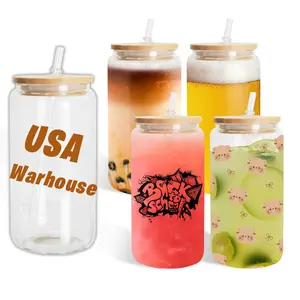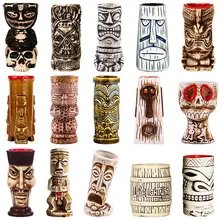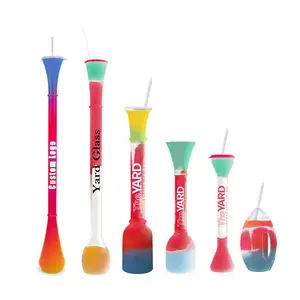Special dates call for special celebrations. The yard glass is a great example of this idea. This giant-style cup throws common standards off the window in favor of a fun experience. Commonly found in festive toasts and drinking competitions, these glasses are one of a kind, providing users with a unique alternative when drinking during festivities.
How much volume can a yard glass hold?
An ale yard glass is designed to be one yard long, which converts to around 3 ft or 0.9 meters. Despite their huge stature, they have a thinner structure to limit the total volume and, therefore, weight a user can add to the cup. This usually translates to around 3 pints, or close to 1.5 L.
Types of yard glasses
Even though full-yard beer glasses boast an unusual design, when it comes to materials, they tend to stick to the basics. Glass and plastic are the main options. Glass cups are resistant to deformations, easy to clean, don't retain much odor after use, and provide a good, non-porous surface for enjoying beverages. However, they can be quite heavier than plastic and generally don't resist falls or strong bumps on hard surfaces. Plastic glasses, on the other hand, are lightweight, fall-resistant, and easier to store, as they can be laid on their side. That being said, depending on the plastic, the material can more easily suffer scratches.
Materials aside, yard glasses can also differ in terms of their shape and size. The half-yard glass, for example, offers a more manageable option for those who want to enjoy the extravagance of this type of drinkware without occupying too much space. Shape-wise, the main difference is in the bottom of the cup, which can be rounded or flat.
Do yard glasses break easily?
As with any other drinkware, yard beer glasses are susceptible to cracks and deformations over time, depending on the material. Considering they often hold around 3 pounds of liquid, it's easy to imagine how holding it the wrong way might lead to damage. Fortunately, the cups are ingeniously designed in a way that distributes most of the weight to a bottom chamber, which, if flat, can be put in contact with a surface to hold the glass. This, combined with the use of a straw, decreases the risks of falls, tripping, or bumping. If held correctly, avoiding applying pressure on the thinner parts of the glass, the risk of accidents is small.









































 浙公网安备 33010002000092号
浙公网安备 33010002000092号 浙B2-20120091-4
浙B2-20120091-4